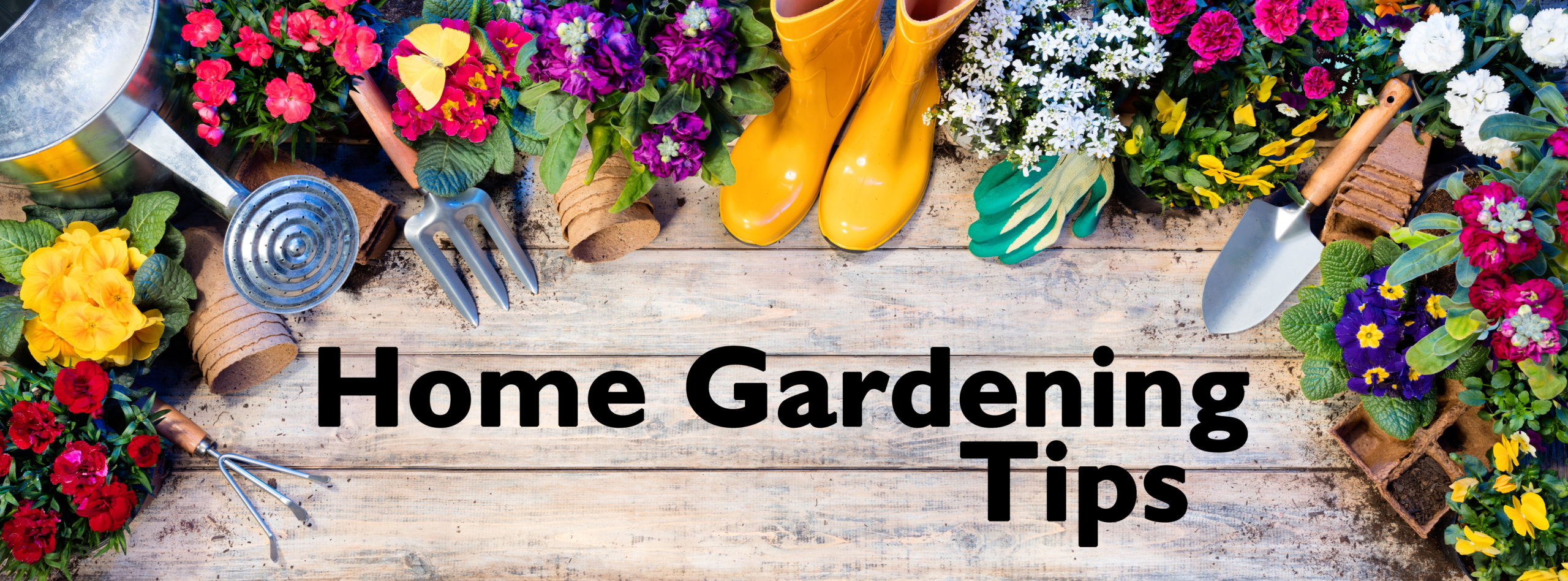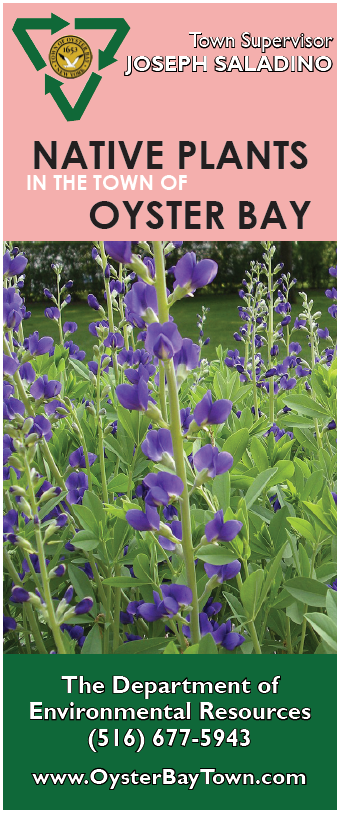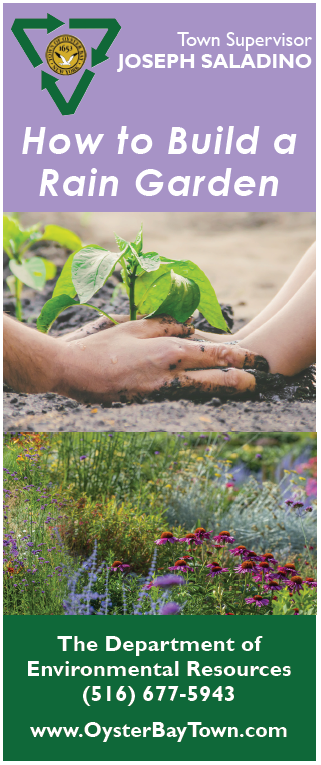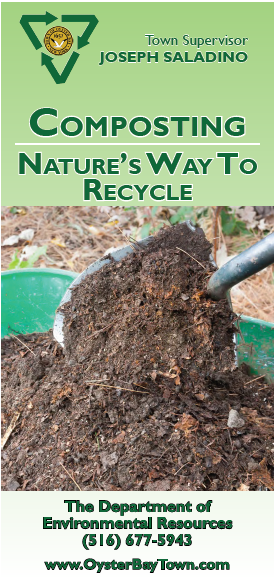Native Planting
Native plants are traditionally found in a local region, where they are adapted to the local climate and soil conditions. This makes them hardy, more resistant to insects and disease, and generally easier to maintain.
Some Native plants to the Town of Oyster Bay are:
Blue False Indigo (Baptista australis): Produces blue-purple flowers that turn silver-gray in the fall. This species notably is primarily pollinated by queen bumblebees, and also attracts butterflies and moths.
New England Aster (Symphotrichum novae-angliae): This aster has beautiful flower heads, attractive foliage and stems that provide a color boost at the end of the growing season. Nectar and pollen attract butterflies, moths and bees.
Butterfly Weed (Asclepias tuberosa): Why would you purposely plant something with the word “weed” in its name? Well if you’ve ever seen the beautiful monarch butterfly its existence depends on milkweed!
Early Goldenrod (Solidago juncea): Golden-yellow blossoms which begin blooming in early summer, when they became an attraction for the first butterflies and bees of the season. Eastern Goldfinch, Sparrows, and other birds are also attracted to this flower!
Switchgrass (Panicum virgatum): This tall ornamental grass is widespread. Its upright growth and ability to cluster provides quality overhead cover, shelter, nesting sites, and food source for wildlife.
Wild Indigo (Baptisia tinctoria): Wild indigo is known for being deer resistant, low maintenance, mitigate erosion, a home to butterflies and bees, and serve as an excellent nitrogen fixer.
Native plantings can be established from seed or young plants, or plugs. Plants can be incorporated to an existing garden bed or a new bed can be made by removing sod and loosening the soil. Choose plants based on site considerations for light, moisture, and soil. Vary plant structure, height, bloom succession, and flower color for seasonal appeal and butterfly habitat.
Rain Gardens
A rain garden is a garden of native shrubs, perennials and flowers planted in a small depression which is generally formed on a natural slope. It is designed to temporarily hold and soak in rain water runoff that flows from roofs, driveways, patios or lawns.
Rain gardens are effective in removing up to 90% of nutrients and chemicals, and up to 80% of sediments from the rainwater runoff. Compared to a conventional law, rain gardens allow for 30% more water to soak into the ground.
Rain gardens help to capture runoff so it does not pollute our waterways, and they even prevent the breeding of mosquitoes.
A rain garden is not a water garden, nor is it a pond or a wetland. Conversely, a rain garden is dry most of the time. Typically, a rain garden holds water only during and following a rainfall event. Because rain gardens will drain within 12-48 hours, they help to prevent breeding of mosquitoes.
Composting
Composting is the oldest method for recovering resources through recycling. It is the natural, controlled process by which organic material such as leaves, twigs, grass clippings and vegetable food waste decays into a dark, crumbly substance called humus. This final product makes an excellent soil conditioner.
Great composting materials:
• Cardboard rolls, Clean paper & Shredded newspaper
• Coffee grounds and filters, Tea bags
• Cotton rags
• Dryer and vacuum cleaner lint
• Eggshells
• Fireplace ashes
• Fruits and vegetables
• Grass clippings
• Hair and fur
• Hay and straw
• Houseplants
• Leaves
• Nut shells
• Paper towels and napkins
• Sawdust
• Stale bread
• Wood chips
• Wool rags
• Yard trimmings
Composting can be done on an individual basis, right in your backyard or on a large scale. In the Town of Oyster Bay, leaves and yard debris are collected and brought to a central site. Composting is an environmentally sound and practical method for turning refuse into a valuable resource. Composting techniques can be used for grass clippings, leaves, twigs, branches and other yard waste.
Grass Recycling
You may choose to collect your clippings every third time you mow…or every other time. You’re still achieving a savings for yourself and the environment. If you collect your clippings occasionally, recycle them as a mulch in the garden or in planting beds. Mulching adds nutrients, reduces weed problems and modifies soil temperature and moisture.
Facts about grass recycling:
• You can save 1/3 of your annual lawn care time by mowing frequently and not collecting clippings.
• Frequent mowing or using a mulching mower produces short clippings that rapidly disappear (decompose into the soil).
• Contrary to what some people think, thatch is not made up of grass blades, but of roots, leaf sheaths and rhizomes that decompose slowly.
• Grass clippings decompose rapidly, returning nutrients to the soil that make lawns more vigorous and durable.
• Every garbage bag of grass clippings wastes up to 1/4 pound of usable organic nitrogen.
• You can reduce your fertilization costs and protect our water supply from pollutants by recycling clippings back into your lawn.
• Yard waste comprises 22% of our residential waste and mulching saves taxpayers money by reducing disposal costs.
Mulch also helps maintain good soil structure and minimizes erosion by protecting the soil surface. Clippings decompose rapidly, so use them often as mulch. Avoid mulching with grass that has been recently treated with herbicides that can harm your plants. Chemically treated clippings should be left on the lawn or composted where herbicides will break down. Use as a mulch only after three mowings following herbicide application.





